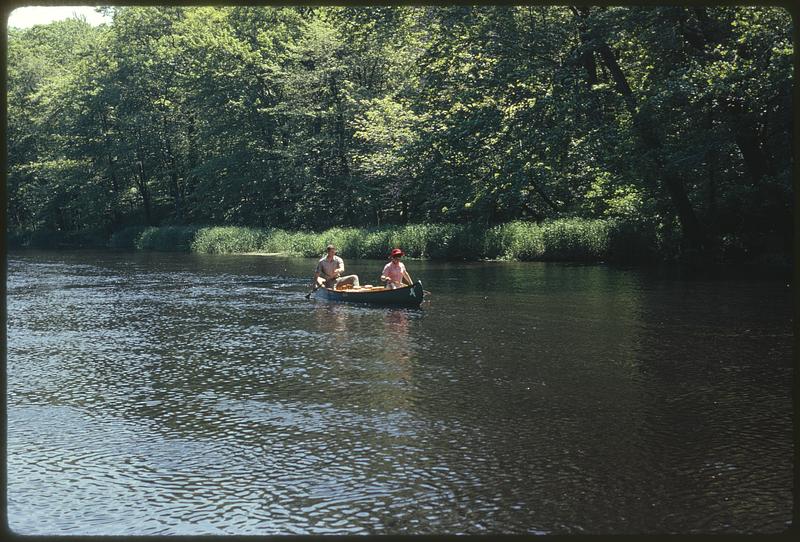
Rivers: Earth’s Lifelines
Rivers are vital to our planet in many ways and yet globally, many are facing increasing pollution challenges. Industrial and agricultural activity, climate change and an increase in microplastics are some of the major contributors to the difficulties. While there are ongoing positive steps to improving river water quality in some areas, increased efforts are needed to address these greater challenges and threats.
Biodiversity And Habitats
Rivers provide a primary source of freshwater for many ecosystems. They support a wide range of plant and animal species, facilitate nutrient cycling, facilitate migration routes and provide a valuable environment for breeding.
Waterways such as the UK’s chalk streams are fragile environments and are some of the rarest, most precious types of freshwater in the world. One species in particular, the mayfly, depends on clean habitats such as these to survive. They are highly susceptible to low levels of pollution and it is estimated that 80% of their eggs are destroyed by contaminated rivers each year. This has led to a drastic decline in their population.
Communities And Agriculture
Many communities depend on rivers as a fresh source of water for drinking, cooking and cleaning. When rainfall is low, rivers can be used as a means of irrigation, increasing agricultural output and providing food security. Farmers can irrigate their fields during dry seasons and even expand the area of cultivable land to previously unproductive areas.
Causes Of Pollution In Rivers
Our rivers can be polluted in a number of ways. Despite improved industrial practices and regulations, accidental spillages and illegal dumping can lead to pollutants such as heavy metals, chemicals and wastewater entering natural waterways. Agricultural runoff can introduce pesticides, fertiliser and animal waste; urban stormwater runoff can increase the levels of chemicals and litter, and inadequate sewage treatment and infrastructure can lead to the discharge of untreated sewage into rivers.
Climate change also plays a part in river pollution by exacerbating these issues; higher levels of rainfall can increase the amount of runoff while changes in temperature and water levels can affect the delicate balance of river ecosystems.
Effects Of River Pollution
An imbalance of nutrients and chemicals in rivers can lead to eutrophication – a growth of algal blooms and depletion in oxygen levels. Increased levels of harmful bacteria and pathogens can pose a threat to water quality and human health while the high level of plastics and microplastics (plastic particles less than 5mm) found in natural water sources are becoming an increasing concern. Microplastics can be digested by aquatic organisms and enter food chains, causing potential harm to humans and animals. Microplastics have already been discovered within our bodies’ organs and tissues and it is estimated that we consume a credit card’s worth of plastic each week!
By implementing a combination of government action, public involvement and responsible practices, we can ensure the long-term sustainability of our essential water resources. The River Mersey, once one of the most polluted rivers in Europe, has made a remarkable recovery over the years. It’s success story that demonstrates it is not too late to reverse the damage that pollution has caused to our rivers and that we can still make a positive impact on their recovery.
Find out more about fragile environments and their value to our planet through Oxford Open Learning’s flexible Geography IGCSE accredited distance learning course. Get in touch with us today to find out more.